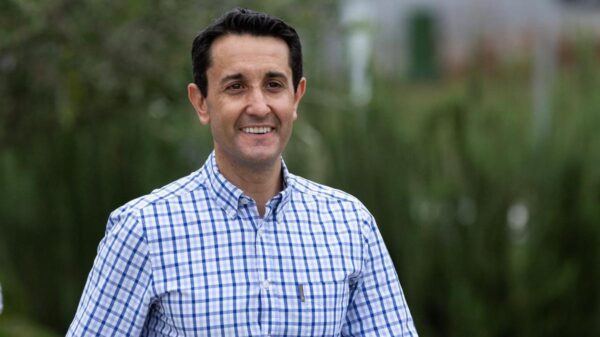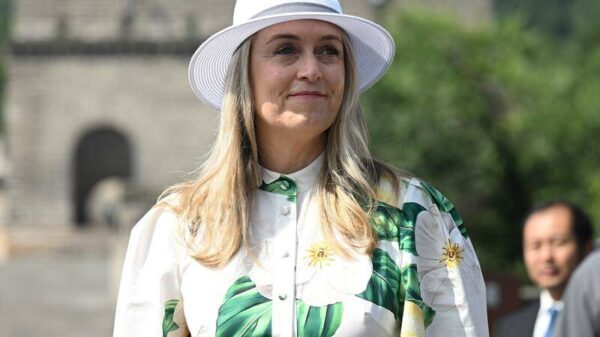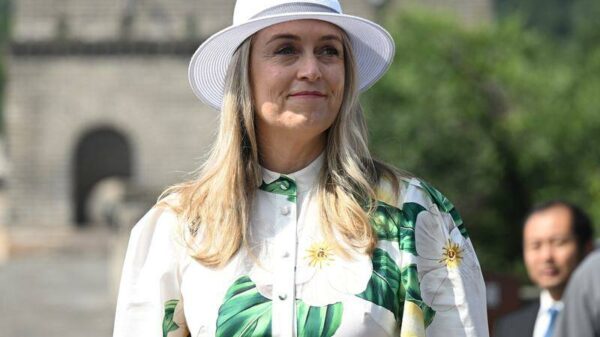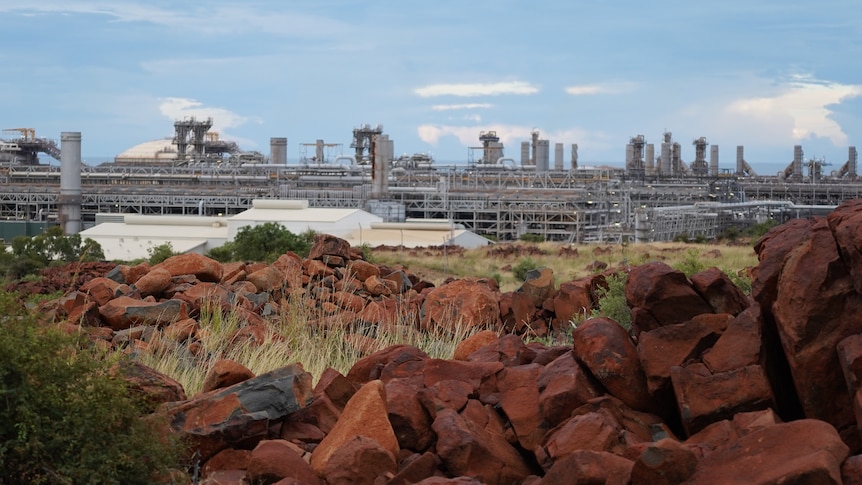Emails obtained through Freedom of Information requests have raised significant concerns regarding the management and presentation of findings from a crucial Aboriginal rock art project in Western Australia. The lead scientist of the Murujuga Rock Art Monitoring Program, Professor Ben Mullins, has accused a government agency of putting a “very rosy spin” on the scientific results produced by his team.
The controversy emerged following the release of a seven-page summary document authored by the Western Australian government in May, which aimed to communicate the findings of an extensive 800-page scientific study. This study, conducted by Curtin University, examines the potential effects of industrial emissions on Murujuga, a sacred site in the state’s far north known for its ancient Aboriginal carvings, some of which are over 40,000 years old.
The Murujuga Rock Art Monitoring Program, which is supported by a funding pool of $27 million from both government and industry, seeks to establish acceptable emissions standards to protect this culturally significant rock art from degradation. The program has faced scrutiny, particularly after the release of the second-year research report, which coincided with the provisional granting of a 40-year licence extension for Woodside’s North West Shelf LNG plant by Federal Environment Minister Murray Watt.
In the emails, Professor Adrian Baddeley, the chief statistician of the study, expressed frustration over the removal of critical data from the summary document. He highlighted that the changes made to a key graph—specifically the deletion of a lower threshold indicator—were done against his wishes and that the summary presented a skewed interpretation of the findings.
Professor Mullins defended the summary’s purpose, stating it was intended as a simplified version for the general public. However, his internal communications suggest otherwise. He noted that the initial draft of the summary was created by Curtin researchers, but over a year later, the Department of Water and Environmental Regulation (DWER) insisted on taking over the report’s authorship.
In his email to staff, Professor Mullins noted, “DWER did get us to review it once or twice. However, they put a very rosy spin on the results and I think hoped everyone would only read the summary and not the full report.” This contradicts the official narrative presented to the public, which emphasized the positive aspects of the findings.
The summary document was developed to facilitate public communication of a complex scientific study, according to a DWER spokesperson. They stated that the graph’s simplification aimed to focus on interim guidelines for environmental quality criteria. Meanwhile, the Murujuga Aboriginal Corporation reiterated that the drafting was a collaborative effort involving multiple stakeholders.
The situation has prompted concerns from experts, with Professor Ian Gordon from the Statistical Society of Australia describing the removal of the threshold line as “unusual” and indicative of “pressure and interference” in the scientific process. He emphasized the importance of maintaining integrity in scientific reporting, particularly regarding environmental issues that affect Indigenous heritage.
As the fallout continues, Professor Baddeley has decided to leave the Murujuga Rock Art Monitoring Project, ending his contract prematurely. This decision highlights the challenges faced by scientists working under governmental and industrial pressures, particularly in projects of such cultural and environmental significance.
The Murujuga area hosts approximately one million ancient carvings, including the world’s oldest known depiction of a human face. The ongoing research is vital not only for the preservation of these artworks but also for the broader understanding of the impacts of industrial activity on such irreplaceable heritage.
Going forward, the collaboration between government bodies, academic institutions, and Indigenous organizations will be crucial in ensuring that the scientific integrity of the Murujuga Rock Art Monitoring Program is upheld and that the rock art is protected for future generations.





























































